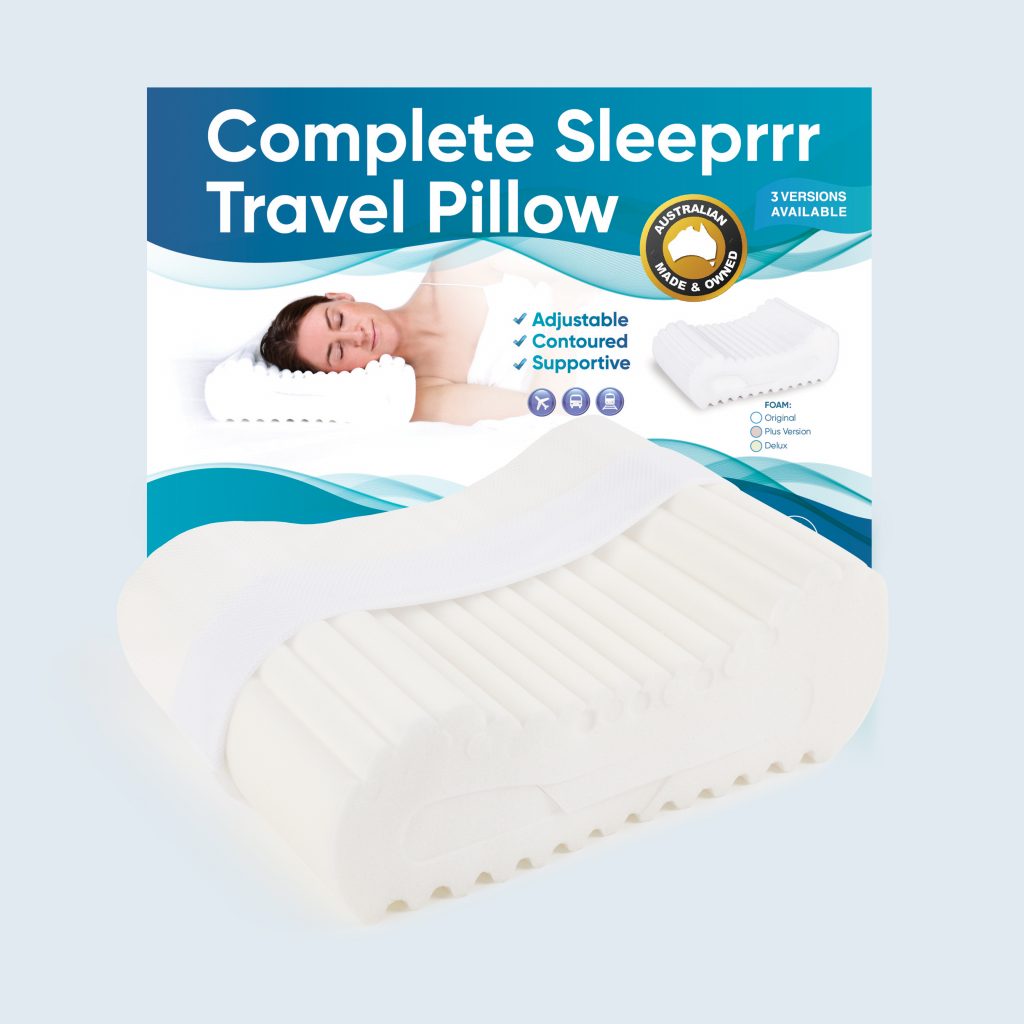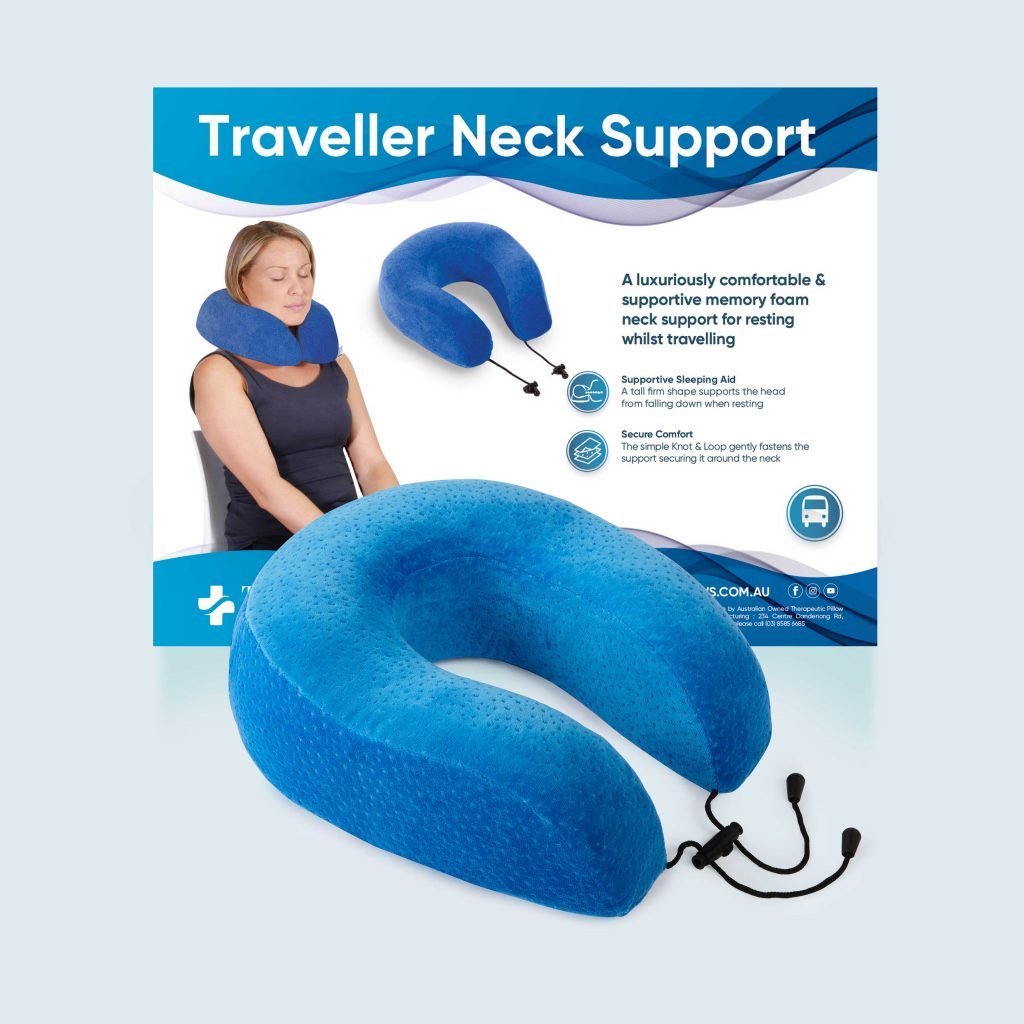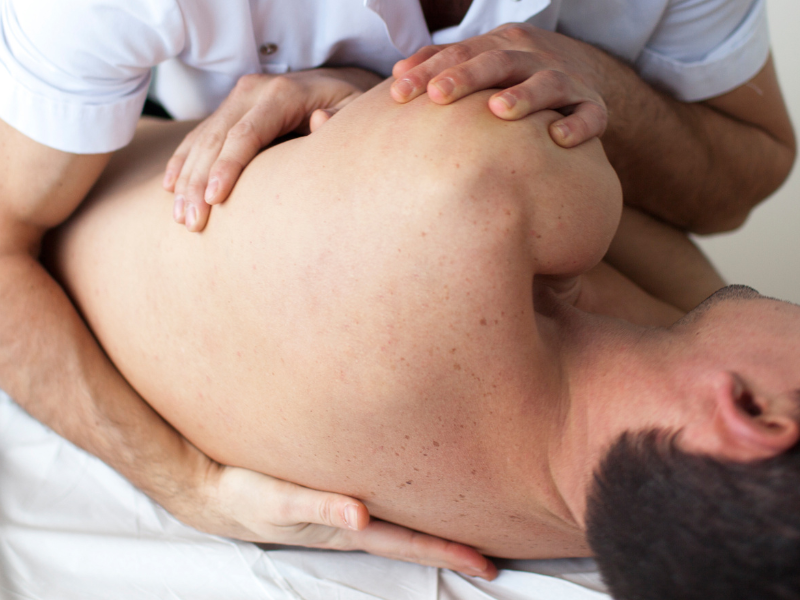Travel is not always a comfortable experience.
Whether you are riding in a car, a train, a bus or a plane, additional padding is often welcome.
Furthermore, crashing on a relative’s couch or in a tent brings its own challenges when it comes to a restful night’s sleep. Bringing a few essentials, including a travel pillow, can help with this. However, with all of the travel products available on the market today, it can be hard to know where to start. This guide can help you wade through the options and find a pillow or other comfort aid that fits your needs.
Benefits of Using a Travel-Sized Pillow
Utilizing the headrest in a vehicle or plane often requires straining the neck into an uncomfortable position. Even more unpleasant is the hard jar to the head you may get every time the vehicle hits a bump. Travel pillows for aeroplanes and other modes of transportation can help stabilize the head and support the neck, helping to absorb the movement of transportation and keep the head from lolling to the side.

Some portable pillows help in other ways. For example, a travel-sized pillow can be placed between the knees when sleeping on the side (or under the knees when sleeping on the back) to keep the spine in alignment and help with back pain. Many people take small lumbar pillows with them when they travel. The lumbar curve, which refers to the lower part of the spine, can benefit from extra support placed between the lower back and the seat. This helps alleviate pressure when sitting and promotes healthy posture.
Using your own pillow when away from home can also help protect you against foreign allergens and sicknesses. At a hotel, for example, you don’t know who slept on the bed pillows last or what environmental particles that person carried with them. Bringing your own pillow will eliminate the guesswork.
Finally, portable pillows are useful because of their small size. It can be difficult to bring full-sized bedding with you when you’re on-the-go, especially when travelling by plane or when camping. Some travel-sized pillows also come with their own carriers or fold-away bags.
Memory Foam or Fiber Fill?
Memory foam has become popular in recent years, thanks to its ability to conform to the head and support the neck. This type of foam is extremely resilient and resists flattening, bouncing back to its original shape after use. A travel pillow with memory foam responds to the heat of your body, providing dense support where you need it most. This type of foam is often hypoallergenic, which helps if you are sensitive to pollen or dust mites.
Fibre fills, on the other hand, is an old favourite because it remains cool and breathes well. It provides a combination of softness and support and can be fluffed or shaped to fit your needs.
Choosing the Right Pillow Shape
Travel-sized pillows commonly come in three different shapes: U-shape, peanut-shape or standard. The first two are sometimes called cervical pillows and are shaped to fit into the contours of your neck, supporting your head while you are sitting upright in a chair or vehicle. Standard travel pillows are more like regular pillows but are often smaller for portability.
A U-shaped travel neck pillow fits securely around the neck, the open sides of the ring coming to rest on the person’s chest or shoulders. Sometimes this type of pillow features a clasp under the chin to ensure it won’t come off if the head lolls to the side. U-shaped models are great travel pillows for aeroplanes because they are often lightweight and easily packable. Peanut-shaped pillows are lauded for their versatility: You can use them to support the neck, lower back or knees. Standard travelling pillows are best for when you’re sleeping lying down.

Cleaning Your Pillow
Even more so than bed pillows, portable pillows can get dirty. You are, after all, taking them to any manner of places. When possible, simply remove the pillowcase and wash it with your laundry. When the case is non-removable or spot-clean only, you can clean the material using soap and water.
Fibre-fill pillows can be thrown in the washer, although it is recommended that you wash at least two at a time to keep the load balanced. Use the gentlest cycle, and then tumble dry them on low heat to help them regain their fluff. The addition of rubber dryer balls can help with this.
While a travel pillow with memory foam can’t be put in the washer, you can vacuum it to remove dust. A protective liner can help pillows stay clean, and special slipcovers are available that repel moisture and bacteria.
Additional Considerations
In addition to finding the right travel pillow, you can utilize a few other strategies to sleep comfortably while in transit. Dressing in non-restrictive clothing should be a no-brainer, as heels or dress suits can get irritating fast on long trips. Bring extra clothing or a blanket with you, which you can put away if you get too hot. It can be easy to forget about changes in a climate when travelling; other times, a driver’s idea of what constitutes a comfortable temperature differs from yours.
A seat cushion can also help relieve discomfort from sitting for long periods of time. Cushions are also nice to have with you when you are suddenly faced with sitting on an airport bench or another hard surface.
An eye mask and ear plugs can also come in handy, especially when you travel long distances and go through time zone changes. When bright lights and voices threaten to keep you awake, simply don the eye mask and earplugs, and you’re off to dreamland.
Do you want to learn more? Read our Frequently Asked Questions for...
When it comes to packing your travel pillow, there are a few simple steps you can follow to ensure it stays clean and compact. Firstly, make sure your pillow is clean and dry before packing it. If it's machine washable, give it a quick wash and let it air dry completely. Next, fold or roll your pillow into a compact size that fits well in your luggage. You can use a compression bag or simply secure it with a rubber band or tie. Finally, place your travel pillow in a separate bag or pillowcase to keep it protected and hygienic during your journey. By following these steps, you can easily pack your travel pillow and enjoy a comfortable rest wherever you go.
Travel pillows are essential for a comfortable journey, but packing them can be a bit tricky. To pack your travel pillow, start by ensuring it's clean and dry. If it's machine washable, give it a quick wash and let it air dry completely. Then, fold or roll your pillow into a compact size that fits well in your luggage. You can use a compression bag or secure it with a rubber band or tie to keep it in place. Lastly, it's a good idea to place your travel pillow in a separate bag or pillowcase to protect it from dirt and germs during your travels. By following these simple steps, you can easily pack your travel pillow and enjoy a cozy and restful journey.
 1
1 0
0To use a travel pillow, follow these simple steps. First, adjust the pillow to fit your neck and head comfortably. Most travel pillows have adjustable straps or closures that allow you to customize the fit. Once you have secured the pillow around your neck, position it so that it supports your head and prevents it from falling forward or sideways during your journey. You can also adjust the pillow's position to find the most comfortable angle for your neck. Whether you're travelling by plane, train, or car, a travel pillow can provide much-needed support and help you get some rest on your journey.
Travel pillows are designed to provide comfort and support while you're on the go. They are especially useful during long trips when you may need to sleep or rest in a seated position. To use a travel pillow effectively, start by adjusting it to fit your neck and head securely. This will ensure that it stays in place and provides the necessary support. Once you have it properly positioned, relax and enjoy the added comfort it offers. Whether you're travelling for business or pleasure, a travel pillow can make your journey more enjoyable by helping you stay comfortable and well-rested.
 0
0 0
0








